



The Per Drop More Crop (PDMC) scheme supports micro-irrigation techniques such as drip and sprinkler systems. It provides financial assistance to facilitate state-driven water conservation initiatives. This, in turn, enhances agricultural productivity, optimizes water usage, and increases farmer incomes.
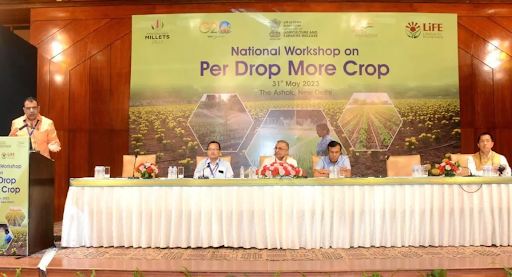
Copyright infringement not intended
Picture Courtesy: krishijagran
The Government has introduced flexibility under the Per Drop More Crop (PDMC) scheme to promote efficient water use and boost farmer income.
The PDMC scheme is a component of Pradhan Mantri Krishi Sinchayee Yojana (PMKSY), specifically designed to promote water-use efficiency at the farm level.
Core Focus: It encourages farmers to adopt micro-irrigation techniques like drip and sprinkler irrigation, which deliver water directly to the plant roots, minimizing wastage.
New guidelines give states/UTs flexibility to exceed previous limits of 20% (general) and 40% (NE/Himalayan) on micro-level water projects, addressing local needs and ensuring sustainable water for micro-irrigation.
PMKSY was launched in 2015, to achieve comprehensive water management in agriculture.
Funding Mechanism: It operates as a Centrally Sponsored Scheme. The Centre-State sharing ratio is 75:25, which increases to 90:10 for North-Eastern and hilly states.
Technology Integration: In 2020, the Ministry of Jal Shakti launched a mobile app for Geo-Tagging PMKSY project components, improving monitoring and transparency.
Components of PMKSY:
PMKSY integrates several existing schemes into a holistic framework:
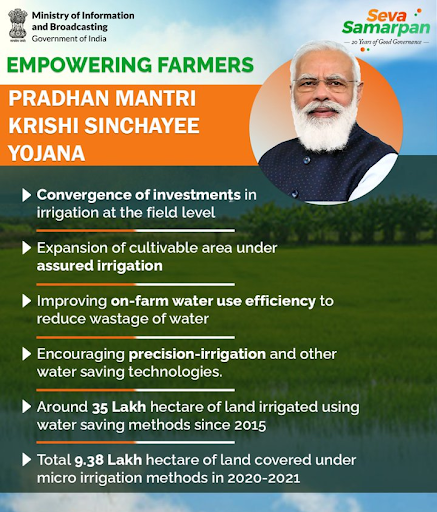
The 'Per Drop More Crop' scheme now allows states more flexibility in local water conservation. This aims to boost agricultural resilience, water efficiency, farmer income, and food security by tackling water shortages and backing small-scale storage.
Source: NEWSONAIR
|
PRACTICE QUESTION Q. Discuss the significance of micro-irrigation in the context of climate change and water scarcity in India. 150 words |
The PDMC scheme, launched in 2015, aims to enhance water-use efficiency in agriculture through micro-irrigation systems like drip and sprinkler irrigation. It is a component of PMKSY, focusing on "more crop per drop" by promoting water-saving technologies.
Launched in 2016, this crop insurance program protects farmers from financial losses due to natural disasters, pests, and diseases. It stabilizes farmer income and encourages continued agricultural involvement. Farmers pay a small premium, with the government covering the rest.
The PM-KISAN scheme offers eligible land-holding farmer families ₹6,000 annually in financial aid. This sum is disbursed in three equal installments of ₹2,000 every four months and is directly deposited into beneficiaries' bank accounts through Direct Benefit Transfer (DBT).
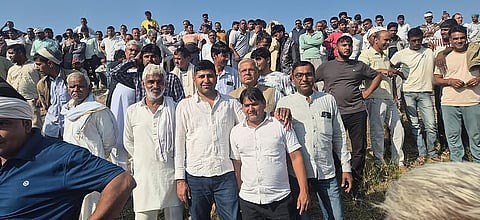



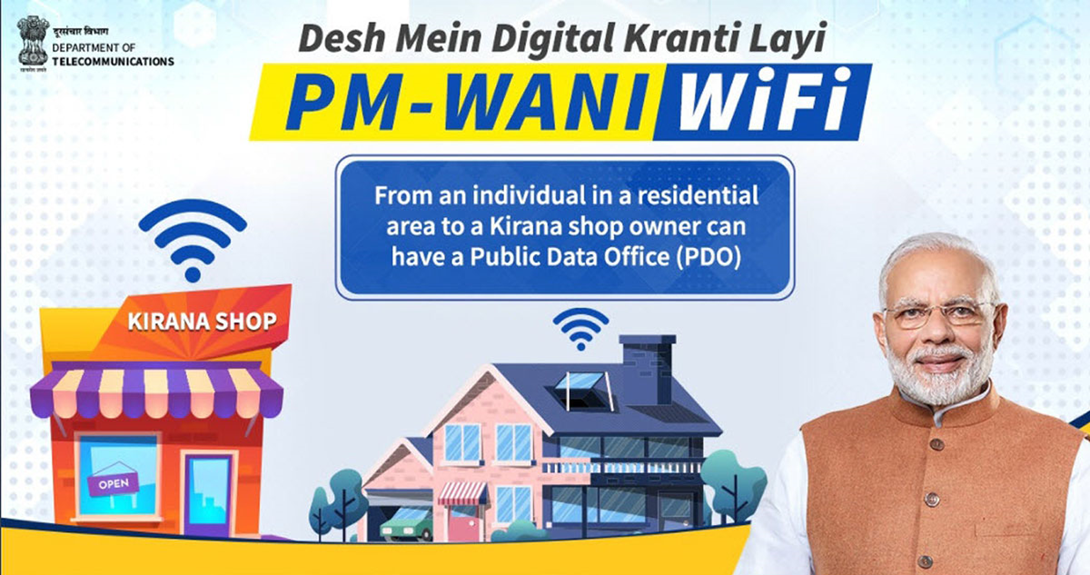
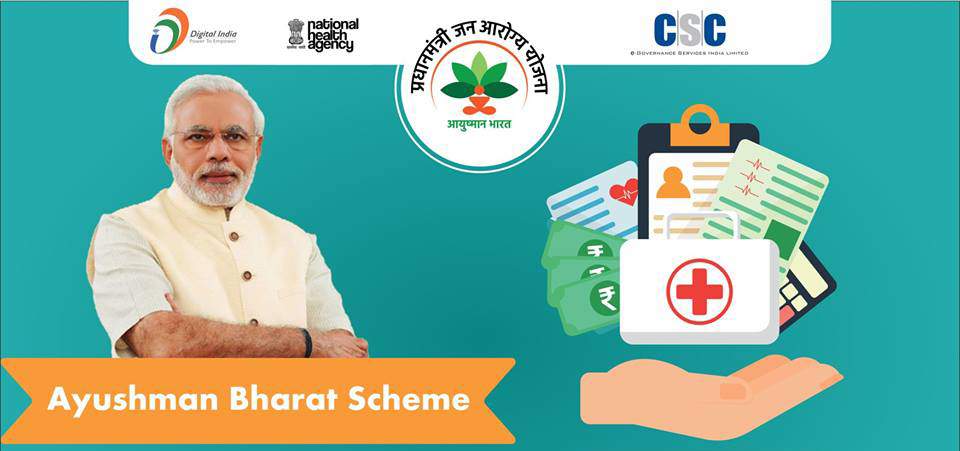

© 2025 iasgyan. All right reserved